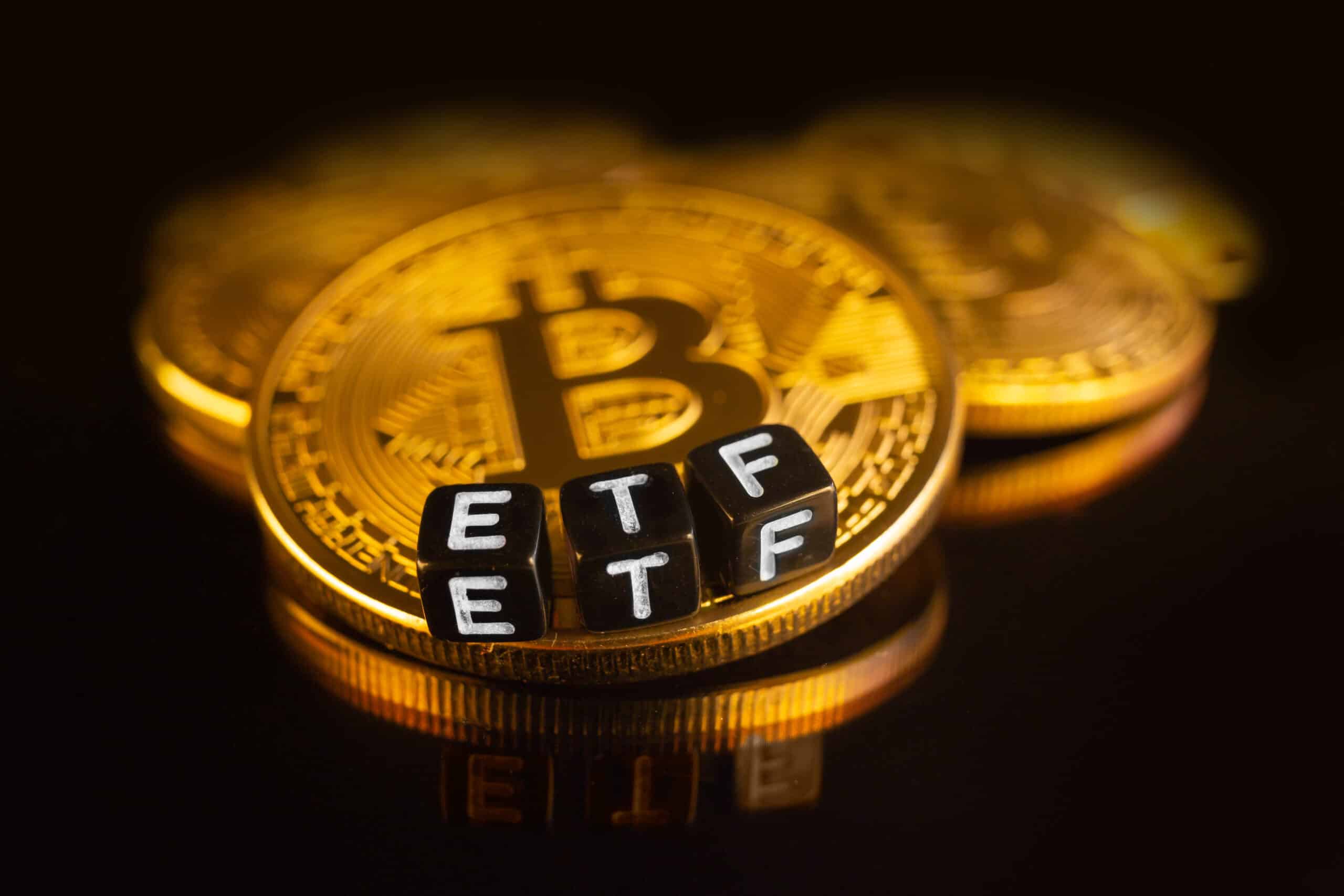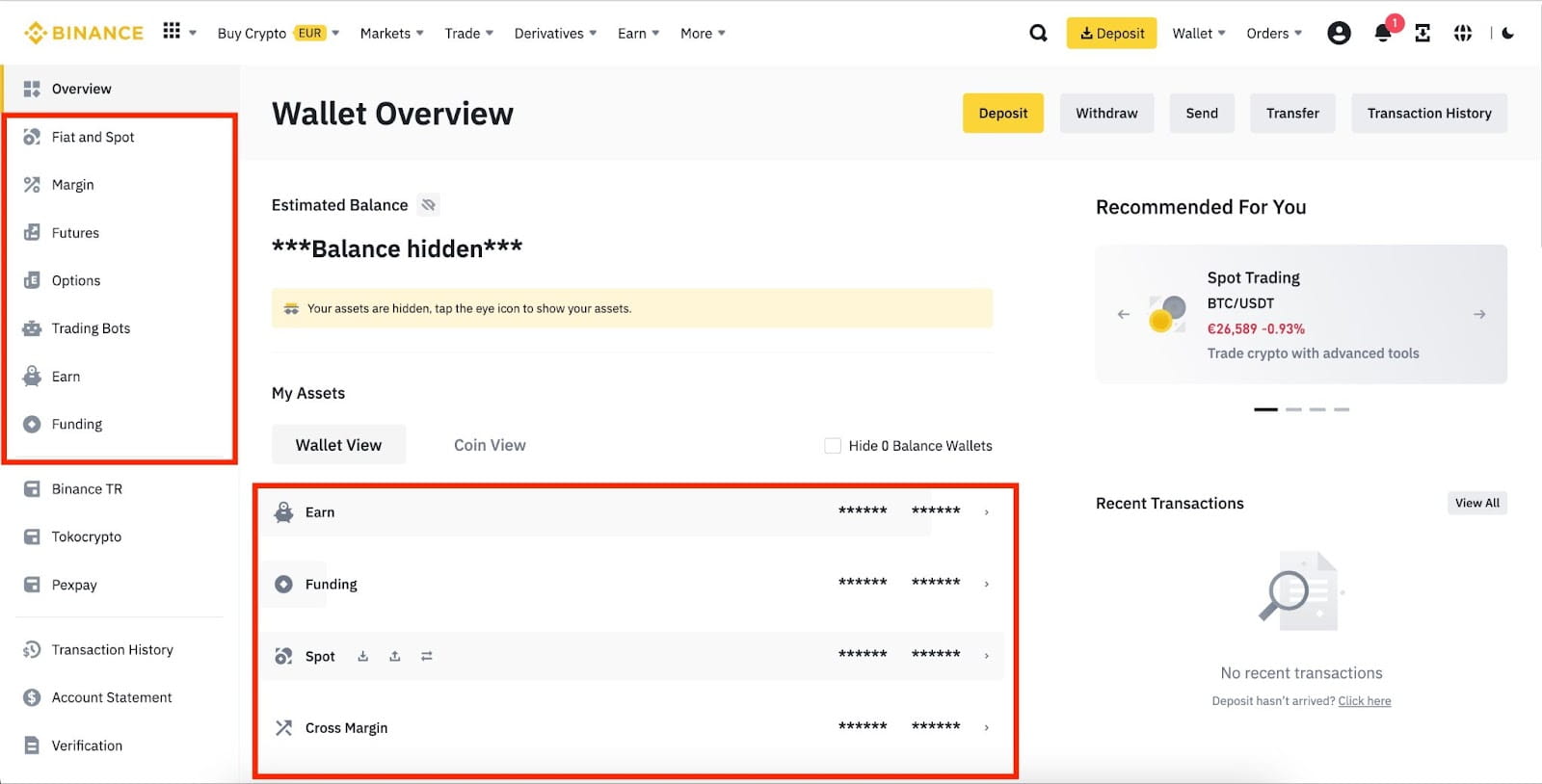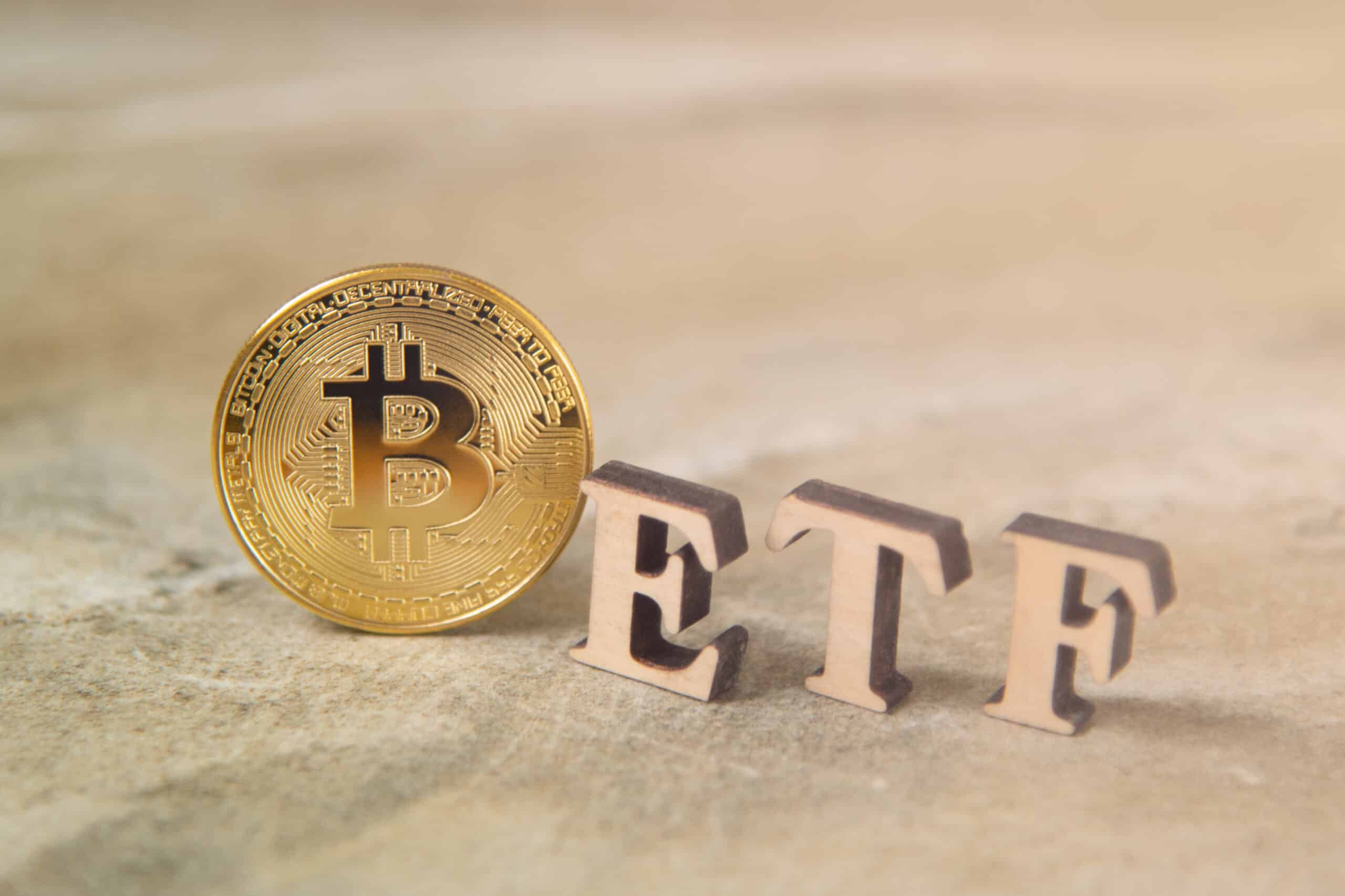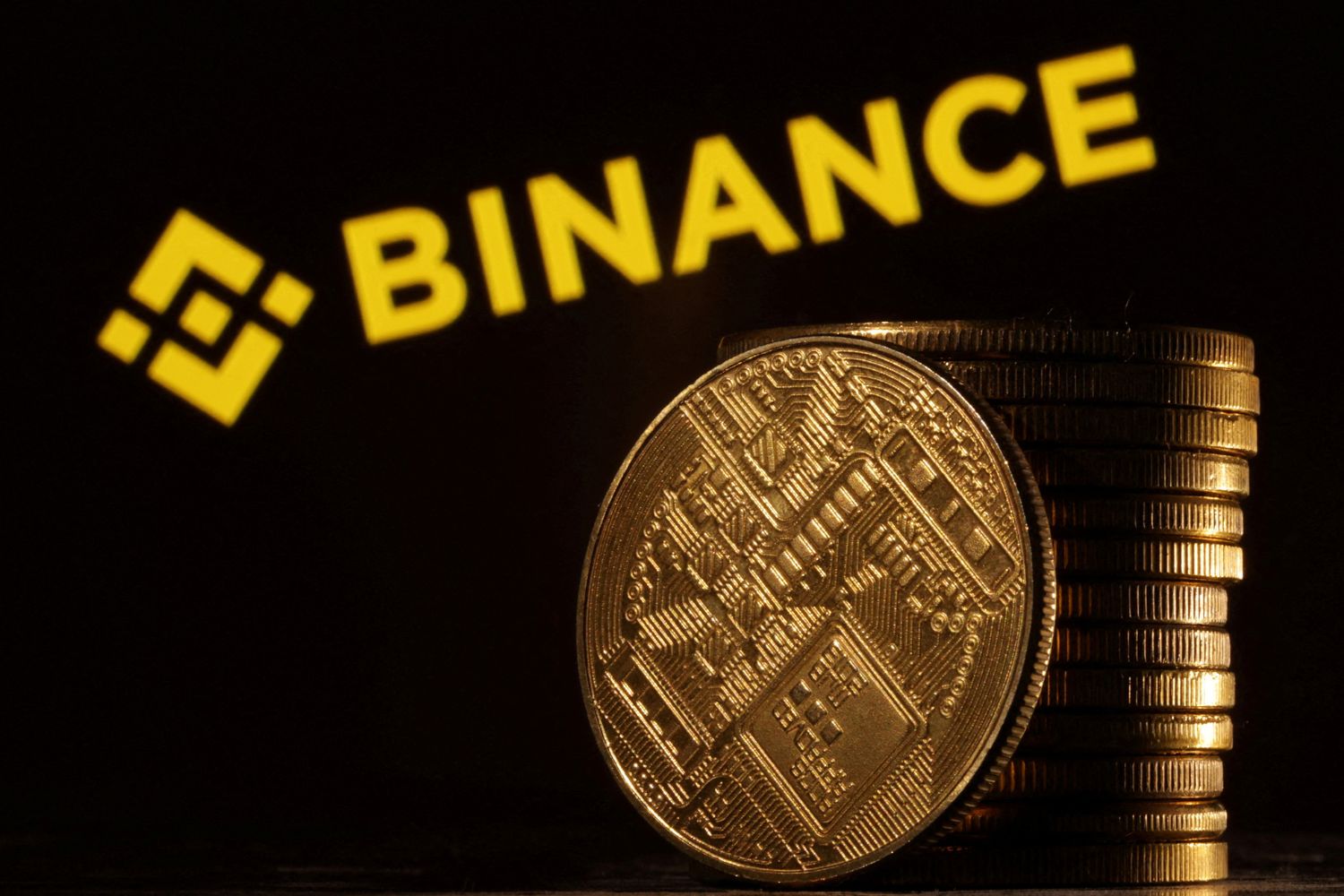Introduction
Spot trading is a form of financial trading where the buying and selling of assets, such as currencies, commodities, or securities, takes place on the spot, or immediately, at current market prices. It is one of the most common and straightforward forms of trading, preferred by both individual traders and institutional investors.
Unlike other types of trading, such as futures or options trading, spot trading does not involve contracts or agreements for future delivery. Instead, parties directly exchange the assets and settle the transaction instantly. This immediate exchange of assets is the primary characteristic that distinguishes spot trading from other forms of trading.
Spot trading is commonly performed through electronic trading platforms, which provide real-time access to market prices and allow traders to execute their orders with ease and efficiency. These platforms are accessible to traders globally, enabling them to participate in spot trading across various financial markets around the clock.
Spot trading offers a wide range of financial instruments available for trading, including stocks, bonds, commodities, currencies, and cryptocurrencies. This broad selection allows traders to diversify their portfolios and take advantage of different market opportunities.
Furthermore, spot trading provides traders with the flexibility to enter and exit positions quickly, as there are no predetermined contracts with fixed expiration dates. This flexibility allows traders to respond promptly to market changes and capitalize on short-term price movements.
In the following sections, we will delve deeper into how spot trading works, its benefits and risks, and the differences between spot trading and futures trading.
What is Spot Trading?
Spot trading refers to the buying and selling of financial assets, such as currencies, commodities, or securities, at the current market price for immediate settlement. In other words, it involves the direct exchange of assets between parties without any contractual agreement for future delivery.
Spot trading is based on the concept of the spot market, which is where assets are bought and sold for immediate delivery. This market operates on real-time prices, reflecting the current supply and demand dynamics. As such, spot trading allows traders to take advantage of market opportunities and execute trades quickly.
Unlike other forms of trading, such as futures or options trading, which involve the use of contracts, spot trading does not require traders to commit to buying or selling assets at a later date. Instead, buyers and sellers agree on a price, and the transaction is settled immediately.
One of the primary advantages of spot trading is its simplicity and accessibility. Traders can engage in spot trading through various platforms, such as online brokerage accounts or electronic trading platforms. These platforms provide real-time market prices, order execution capabilities, and access to a wide range of financial instruments.
Spot trading can involve a diverse set of assets, including stocks, bonds, commodities, currencies, and cryptocurrencies. This allows traders to participate in different markets and diversify their investment portfolios.
Furthermore, spot trading is not limited to large institutional investors but is also accessible to individual retail traders. This democratization of access to spot trading has empowered individuals to take control of their financial investments and actively participate in the global financial markets.
In summary, spot trading involves the immediate exchange of financial assets at the prevailing market price. It offers simplicity, flexibility, and accessibility, making it a popular choice for traders looking to capitalize on short-term market opportunities.
How Spot Trading Works
To understand how spot trading works, let’s consider a hypothetical scenario involving the trading of a stock:
- Order Placement: The trader decides to buy a specific stock and places a buy order through their chosen trading platform. They specify the quantity of shares they want to purchase and the current market price.
- Order Execution: The buy order is instantly matched with a sell order from another party who is willing to sell the same stock at the specified price. The trade is executed, and the ownership of the shares is transferred from the seller to the buyer.
- Settlement: After the trade is executed, the settlement process begins. In spot trading, the settlement typically occurs within a short period, usually within two business days. During this time, the respective brokerage firms or clearing houses handle the necessary paperwork and ensure the proper transfer of ownership and funds.
It’s important to note that while the example above focuses on stocks, the process is similar for other financial assets traded on the spot market. The specifics may vary depending on the asset and the trading platform being used.
In spot trading, market prices are determined by the forces of supply and demand. As buyers and sellers compete on the spot market, the price of an asset fluctuates based on the prevailing market conditions. Traders monitor these price movements and execute trades when they believe it is advantageous to buy or sell.
Spot trading offers traders the ability to enter and exit positions quickly, providing an opportunity to take advantage of short-term price movements. Additionally, the absence of fixed contract terms allows traders to tailor their trading strategies based on their market outlook and risk tolerance.
When engaging in spot trading, it is essential to consider factors such as liquidity, market depth, and volatility. Liquidity refers to the ease of buying or selling an asset at any given time without significantly impacting its price. Market depth measures the volume of buy and sell orders available in the market, indicating the liquidity of the asset. Volatility represents the magnitude of price fluctuations and can pose risks, but also provide opportunities for profit.
Overall, spot trading provides traders with a straightforward and efficient method to buy and sell assets at current market prices. It offers flexibility, quick execution, and the opportunity to participate in various financial markets.
Benefits of Spot Trading
Spot trading offers numerous benefits for traders, whether they are individual investors or institutional players. Here are some of the key advantages of engaging in spot trading:
- Immediate Transaction: One of the primary benefits of spot trading is the ability to buy or sell assets immediately at the current market price. This eliminates the need for contractual agreements and allows traders to take advantage of market opportunities as they arise. Traders can quickly execute their trades and capitalize on short-term price movements.
- Flexibility: Spot trading provides traders with the flexibility to enter and exit positions quickly. There are no fixed contract terms or expiration dates involved, allowing traders to adjust their strategies based on market conditions or their own investment goals. Investors can adapt and respond promptly to changing market dynamics.
- Transparency: Spot trading offers a high level of transparency as traders have access to real-time market prices and can monitor the supply and demand dynamics of the asset they are trading. This transparency enables traders to make informed investment decisions and ensure fair pricing in the market.
- Diversification: Spot trading allows traders to diversify their portfolios by participating in various financial markets. Traders can choose from a wide range of assets, including stocks, bonds, commodities, currencies, and cryptocurrencies. Diversification helps spread risk and potentially enhances returns by tapping into different market opportunities.
- Accessibility: Spot trading is accessible to a wide range of traders, from institutional investors to individual retail traders. With the advancement of technology, anyone with access to an internet connection can participate in spot trading through online brokerage accounts or electronic trading platforms. This accessibility democratizes the financial markets and empowers individuals to take control of their investments.
- Market Efficiency: Spot trading contributes to the overall efficiency of financial markets. By allowing buyers and sellers to trade assets directly, spot trading promotes price discovery and ensures that market prices are reflective of the current supply and demand conditions. This efficiency enhances market liquidity and facilitates fair and orderly trading.
These advantages make spot trading an attractive option for traders seeking simplicity, flexibility, and the potential to generate profits in the short term. However, it is crucial for traders to understand and manage the associated risks of spot trading, which will be discussed in the next section.
Risks of Spot Trading
While spot trading offers several benefits, it is important for traders to be aware of the risks involved. Understanding and managing these risks is crucial for successful spot trading. Here are some of the potential risks:
- Price Volatility: Spot markets are known for their price volatility, which refers to the magnitude and frequency of price fluctuations. The value of assets can change rapidly in response to economic, political, or market news. This volatility can lead to both opportunities for profit and risks of substantial losses.
- Lack of Contractual Protection: Unlike futures or options trading, spot trading does not involve contracts or agreements with predetermined terms. Traders may face risks associated with the absence of contractual protections, such as no fixed prices, delivery dates, or other contractual obligations. It is essential to carefully assess potential risks before engaging in spot trading.
- Liquidity Risk: Liquidity risk arises when there is an inadequate amount of buying or selling interest in an asset. In illiquid markets, traders may struggle to find counterparties to execute their trades, or they may be forced to accept less favorable prices. Traders should be cautious when trading assets with low liquidity and consider the potential impact on order execution.
- Counterparty Risk: Spot trading involves direct interaction between buyers and sellers without intermediaries. As a result, traders face counterparty risk, which is the risk that the other party may default on their obligations. While this risk can be mitigated by conducting thorough due diligence on potential counterparties, it is still important to be cautious when entering into transactions with unknown or untrustworthy entities.
- Market Manipulation: Like any financial market, spot markets are susceptible to manipulation. Traders should be vigilant against fraudulent activities or attempts to artificially influence market prices. Staying informed, conducting proper research, and utilizing reputable trading platforms can help mitigate the risks associated with market manipulation.
- Regulatory and Legal Risks: Spot trading is subject to regulations and legal requirements that vary across jurisdictions. Traders need to ensure they comply with applicable laws and regulations related to financial trading. Failure to do so can result in penalties, legal disputes, and financial losses.
It is crucial for traders to thoroughly evaluate and manage these risks before engaging in spot trading. This can be achieved by implementing risk management strategies, such as setting stop-loss orders, diversifying portfolios, and continuously monitoring market conditions. By understanding and managing the risks, traders can aim to maximize potential rewards while mitigating potential losses in spot trading.
Spot Trading vs. Futures Trading
Spot trading and futures trading are two distinct approaches to financial trading, each with its own characteristics and advantages. Understanding the differences between these two methods is crucial for traders to make informed investment decisions. Here’s a comparison between spot trading and futures trading:
Spot Trading:
- Immediate Settlement: In spot trading, the buying and selling of assets occur for immediate settlement. The transaction is executed at the current market price, allowing traders to take advantage of short-term market opportunities.
- No Contractual Obligations: Spot trading does not involve contracts or agreements for future delivery. Traders are not bound by fixed expiration dates, prices, or quantities, giving them more flexibility in their trading strategies.
- Direct Ownership Transfer: Spot trading involves the direct exchange of assets between buyers and sellers, resulting in immediate ownership transfers.
- Focus on Cash Market Prices: Spot trading is based on current cash market prices, reflecting the real-time supply and demand dynamics at a given moment.
Futures Trading:
- Future Delivery Contract: Futures trading involves the buying and selling of contracts that obligate traders to buy or sell assets at a predetermined price and date in the future. These contracts are standardized and traded on futures exchanges.
- Delayed Settlement: Unlike spot trading, futures trading involves a delayed settlement, where the actual delivery of the assets or the offsetting of positions typically occurs on a specified future date.
- Margin Requirements: Futures traders are required to deposit an initial margin as collateral to cover potential losses. Traders are also subject to maintaining a maintenance margin as prices fluctuate.
- Leverage and Hedging: Futures contracts allow traders to leverage their positions by controlling a larger value of assets with a smaller upfront investment. Additionally, futures contracts can be used for hedging purposes to manage price risks.
While both spot trading and futures trading have their merits, they suit different trading preferences and objectives. Spot trading is preferred by traders looking for immediate transactions, flexibility, and participation in the cash market. It is well-suited for short-term strategies, taking advantage of market volatility, and diversifying portfolios.
On the other hand, futures trading appeals to traders who require fixed contractual terms, want the ability to leverage their positions, or seek to hedge against future price movements. Futures markets offer standardized contracts, regulated exchanges, and the opportunity for long-term trading strategies.
Ultimately, the choice between spot trading and futures trading depends on individual trading goals, risk appetite, time horizon, and preference for immediate or future settlement. Traders should carefully evaluate their objectives and consider the specific characteristics of each approach before engaging in either spot trading or futures trading.
Examples of Spot Trading
Spot trading is a prevalent form of trading across various financial markets. Here are some examples of spot trading in different asset classes:
1. Currency Market:
In the foreign exchange market (Forex), spot trading is the most common method. Traders engage in spot trading to exchange one currency for another at the prevailing exchange rate. For example, a trader exchanging US dollars for euros at the current market rate is conducting spot trading in the currency market.
2. Commodity Market:
In the commodity market, spot trading allows traders to buy or sell physical commodities for immediate delivery. For instance, a trader purchasing barrels of crude oil for immediate delivery at the current market price is engaging in spot trading in the commodity market.
3. Stock Market:
In the stock market, spot trading involves buying or selling shares of a company for immediate settlement. Traders place orders to purchase or sell stocks at the current market price. Once the trade is executed, ownership of the shares is transferred between the buyer and the seller.
4. Cryptocurrency Market:
Spot trading is prevalent in the cryptocurrency market, where traders buy and sell digital currencies like Bitcoin and Ethereum. Traders can execute spot trades on cryptocurrency exchanges, exchanging one cryptocurrency for another or converting cryptocurrencies into fiat currencies at the current market price.
5. Bond Market:
In the bond market, spot trading allows investors to buy or sell bonds at the prevailing market price for immediate settlement. Traders engage in spot trading to participate in short-term price movements or to adjust their bond portfolios quickly.
6. Precious Metals Market:
In the precious metals market, such as gold, silver, or platinum, spot trading involves buying or selling these metals for immediate delivery. Traders can execute spot trades in physical form or through exchange-traded products backed by the respective precious metals.
These examples illustrate the wide range of asset classes and markets in which spot trading is prevalent. Spot trading provides traders with the flexibility and immediacy to enter and exit positions based on current market prices, taking advantage of short-term price movements and diversifying their portfolios.
It’s worth noting that while spot trading is the most common method in these markets, other trading methods, such as futures or options trading, also exist, catering to different trading strategies and preferences.
Conclusion
Spot trading is a popular and accessible form of financial trading, offering immediate transactions at current market prices across various asset classes. It allows traders to buy and sell assets without the need for contractual agreements or future delivery obligations.
With its simplicity, flexibility, and potential for short-term profit opportunities, spot trading attracts a diverse range of traders, from individual investors to institutional players. Traders can engage in spot trading through electronic trading platforms, taking advantage of real-time market prices and executing trades efficiently.
While spot trading offers numerous benefits, including immediate settlement, transparency, diversification, and market efficiency, it is important to be aware of the risks involved. Price volatility, lack of contractual protection, liquidity risk, counterparty risk, market manipulation, and regulatory and legal risks are factors that traders should thoroughly evaluate and manage.
It is also essential to understand the differences between spot trading and futures trading. Spot trading provides quick execution, flexibility, and participation in the cash market, while futures trading involves contractual obligations, leverage, and the ability to hedge against future price movements.
Examples of spot trading can be found in various markets, including currency, commodity, stock, cryptocurrency, bond, and precious metal markets. Each market has its own dynamics and characteristics, but spot trading remains a prevalent method across asset classes.
In conclusion, spot trading offers traders the opportunity to participate in financial markets, take advantage of short-term price movements, and diversify their portfolios. It is crucial for traders to understand the intricacies of spot trading, manage the associated risks effectively, and choose their trading strategy based on their objectives and risk tolerance.

























